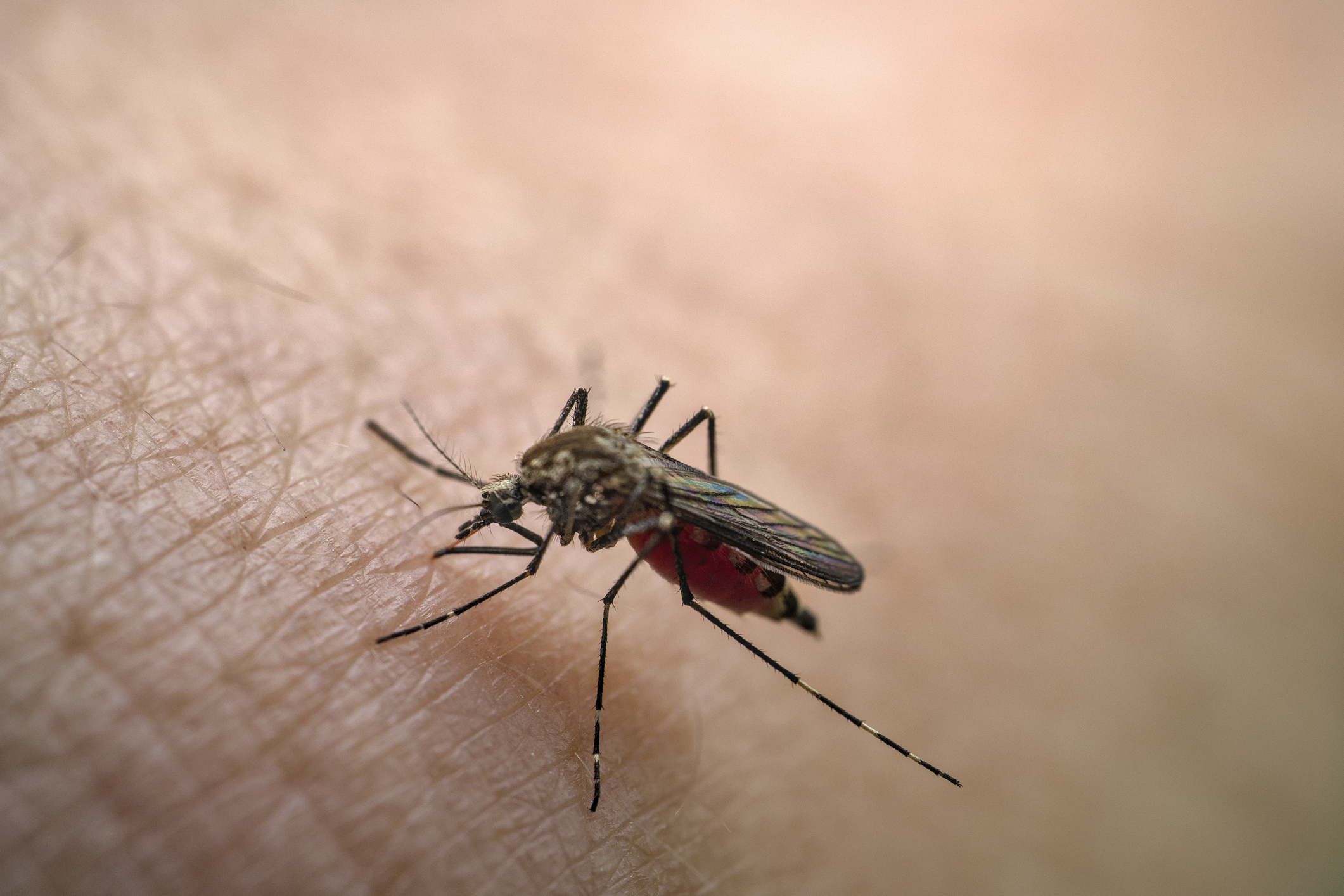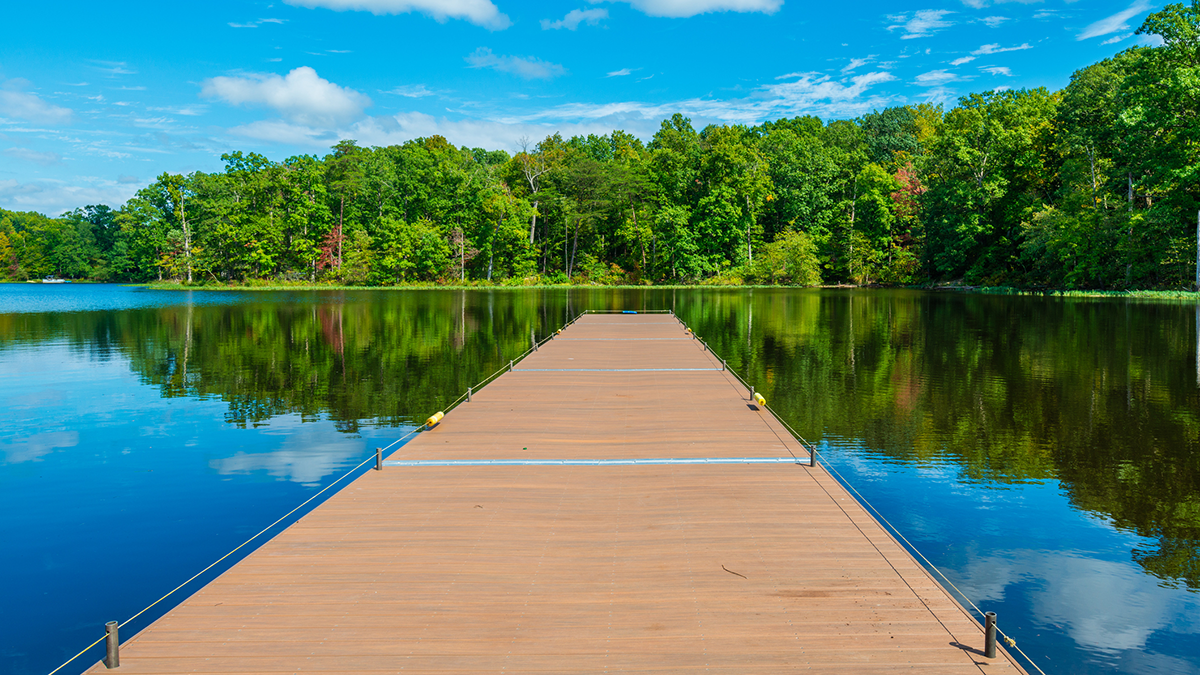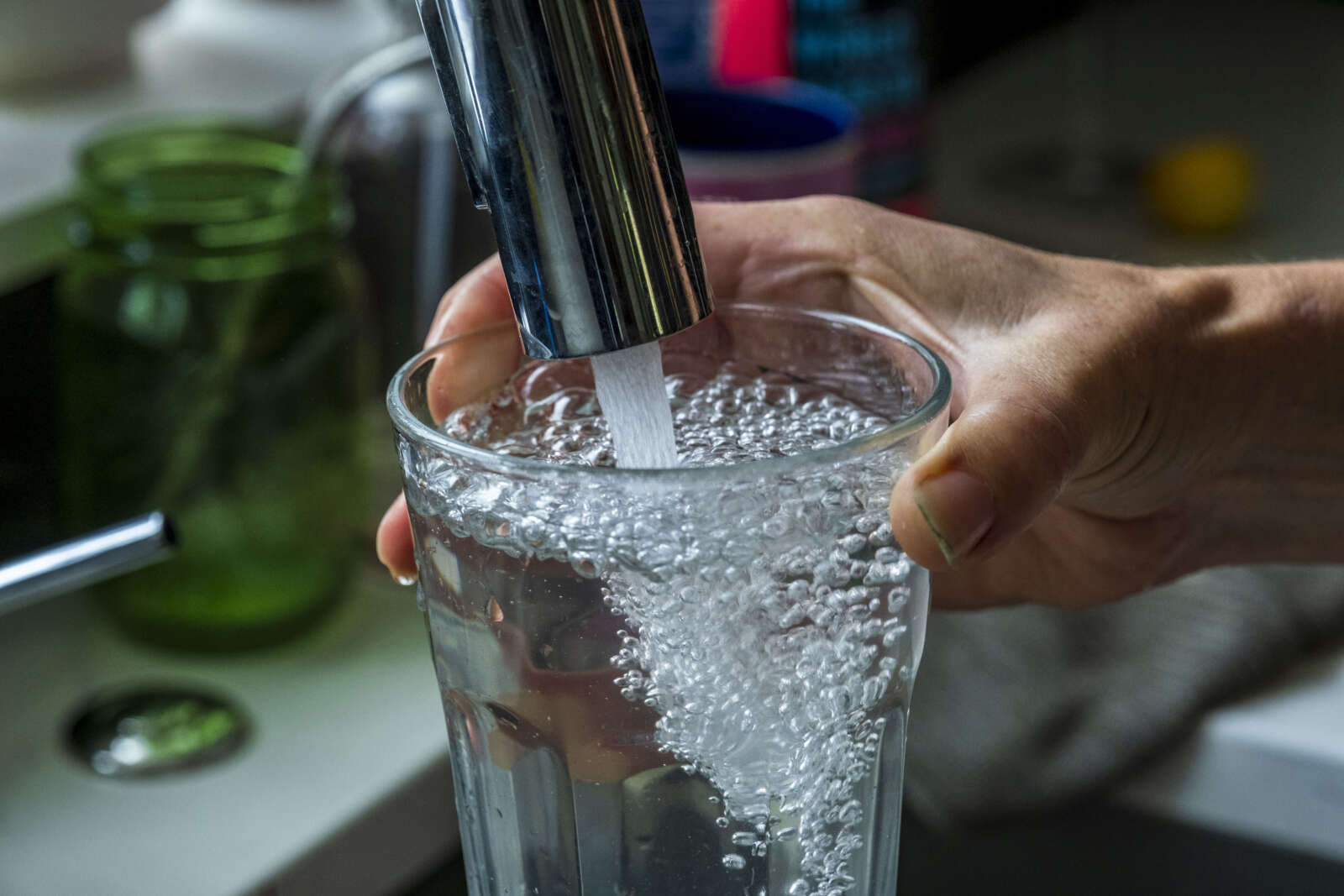
A boil water advisory was issued for the District of Columbia and Arlington County on July 3, 2024 due to algae blooms in the Potomac River.
The advisory affected approximately one million people including those in D.C., Arlington County and other portions of Northern Virginia. Elevated turbidity levels caused by increases in algae blooms led to the issuance of the advisory.
Residents were urged to boil water for at least one minute before consuming it, and to throw out beverages or ice made after 9 p.m.
The Washington Aqueduct, which is sourced by the Potomac River and serves as the public water supply for about one million people in the D.C. area, Arlington County and other portions of Northern Virginia, responded to the elevated turbidity by temporarily transferring all water treatment operations from the Dalecarlia plant to the McMillan plant.
The Environmental Protection Agency also authorized adding additional copper sulfate and sodium permanganate to the aqueduct’s reservoirs to combat the algae.
Residents were advised to bring drinking water to a rolling boil for one minute before letting it cool. Water should then be stored in a covered container.
The advisory was lifted on Thursday morning after D.C. Water confirmed that the water from an affected aqueduct never deviated from U.S. EPA established water quality standards.
Algae growth is caused by runoff, heat, and drought conditions in the Potomac River watershed.
Boiled water or bottled water can be used for drinking, brushing teeth, preparing and cooking food, washing fruits and vegetables, preparing infant formula, making ice, washing dishes by hand and giving water to pets.





